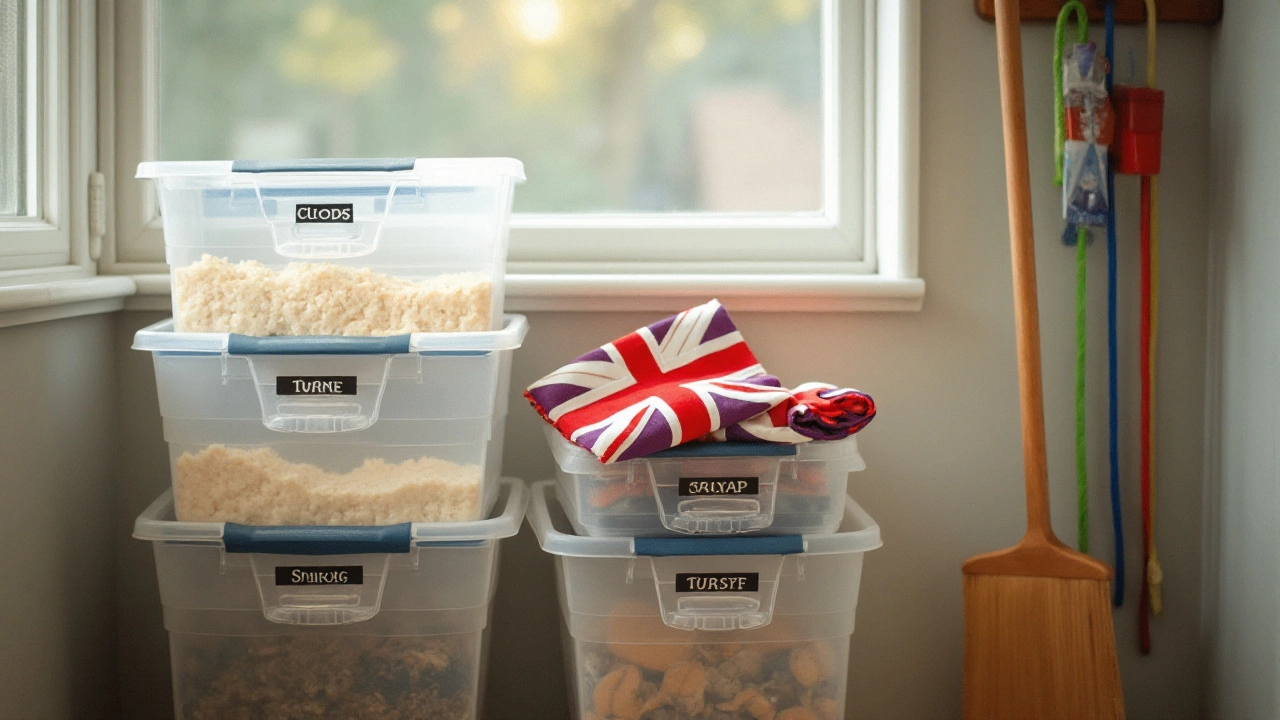Pest Prevention for Schools: Keep Classrooms Safe and Clean
Got pests in the classroom? It’s more than a nuisance – it can hurt health, damage furniture, and distract students. The good news is you don’t need a pest‑control degree to keep your school spaces pest‑free. A few easy habits and smart choices can make a big difference.
Why pest prevention matters in schools
Kids spend hours at desks, chairs, and shelves. If insects or rodents get into that gear, crumbs and moisture turn into a breeding ground. A single mouse can chew wiring, while cockroaches leave behind allergens that trigger asthma. By acting early, you protect the health of students and staff and extend the life of your educational furniture.
Most school furniture is built to last, but wood, fabric, and plastic can still attract pests if food particles linger. Simple cleaning routines and regular inspections catch problems before they spread.
Simple steps to stop pests
1. Keep food sealed. Store snacks, lunchboxes, and drinks in lockable cabinets. Encourage kids to wipe down trays before they leave the room.
2. Clean spills right away. A wet floor attracts insects. Use a mop or paper towel as soon as something drops. Make it a habit for anyone entering the room.
3. Inspect furniture weekly. Look under seats, behind bookshelves, and inside storage units for droppings, gnaw marks, or tiny insects. Spotting early saves a big‑scale treatment later.
4. Use airtight containers for teaching supplies. Art material boxes, glue bottles, and paper rolls should have tight‑fitting lids. This stops rodents from chewing through plastic.
5. Seal cracks and gaps. Small holes around windows, doors, or baseboards let pests inside. Work with facilities staff to caulk or plug these entry points.
6. Choose pest‑resistant furniture. Some desks come with metal legs or sealed edges that are harder for insects to hide in. When you’re buying new pieces, ask about built‑in pest deterrents.
7. Set up routine deep‑cleaning. Once a month, move desks away from walls and vacuum underneath. This pulls out dust, crumbs, and hidden insects.
8. Educate students. A quick reminder about not leaving food on desks or pulling out trash can go a long way. Kids help keep their own space tidy.
Combining these habits with a professional pest‑management plan creates a strong defense. Most schools work with local pest services for quarterly checks. Those pros can spot hidden infestations you might miss.
Remember, pest prevention isn’t a one‑off task. It’s a daily habit that protects health, saves money, and keeps your educational furniture looking great. Start with one or two steps today, and watch the difference it makes in your classroom environment.





